Preconditioning Tools Available
UW-Madison Extension experts have designed tools that will producers with their preconditioning programs.

Information about raising all types of beef in Wisconsin: production and business management, beef quality assurance, housing, well-being, nutrition, and reproduction.
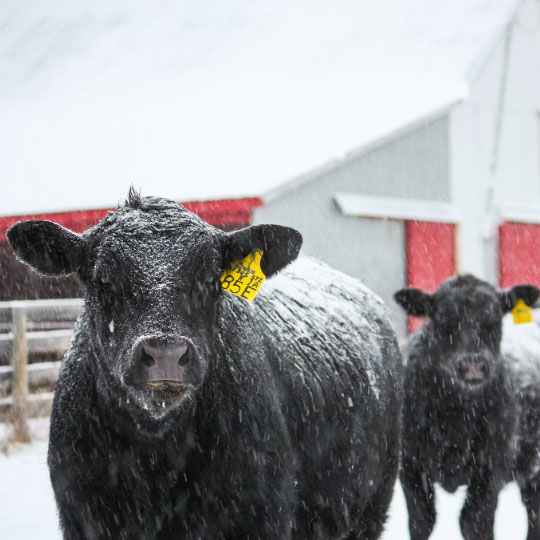
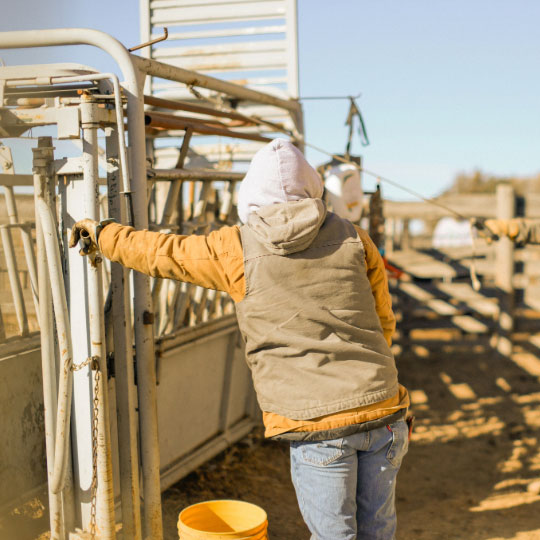

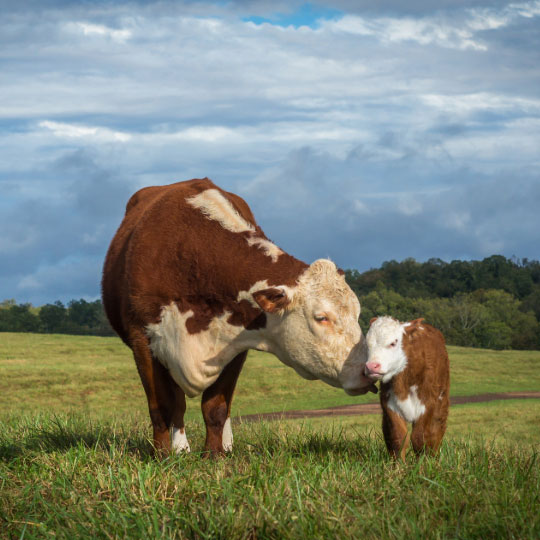
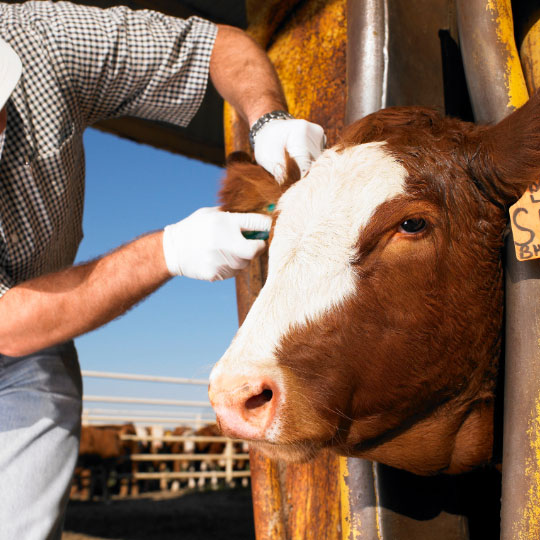
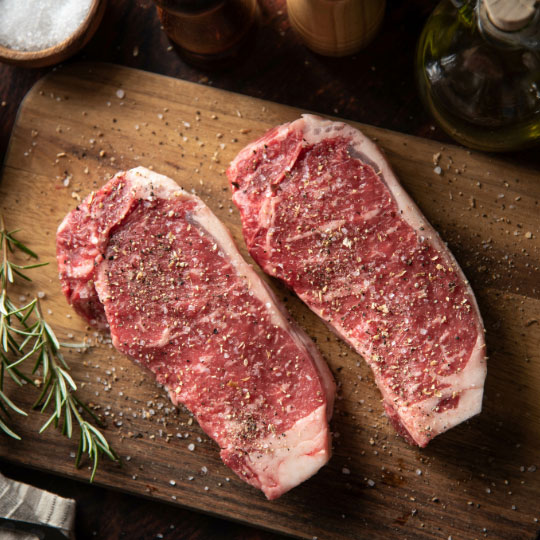
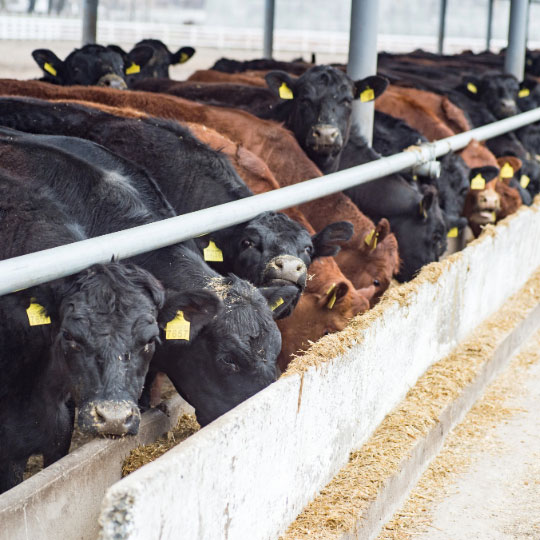

UW-Madison Extension experts have designed tools that will producers with their preconditioning programs.
Spring is just around the corner which makes it a great time to consider what you would like to change. Some people have personal goals for change, but what about your farm goals? Are there aspects of the farm you would like to upgrade, incorporate new technology, or change all together?
Fertility is a major factor in determining beef cow calf herd profitability. UW-Madison Extension provides tips and tools to assess the true cost for various breeding options.
This article was recently published in Wisconsin Agriculturist Magazine In Wisconsin, winter is a fact of life in which severe cold temperatures, wind chills, and blowing and drifting snow are common occurrences. Cattle can adapt to cold temperatures and maintain condition if provided the appropriate nutrition and environmental protections. Let’s take a look at some […]
This article was originally published in Wisconsin Agriculturist Most beef farmers are familiar with the onslaught of lice during the winter. It is a common fact that lice populations on cattle peak during the winter months. But what are lice? Lice are small, flat-bodied insects with legs modified for grasping hairs. These creatures are dependent […]
Just like humans need a few extra layers in the winter months, our heifers and cows may need to rug up or add layers now in order to maintain performance through the winter months.
This article was originally published in Wisconsin Agriculturist Magazine Bulls have the greatest impact on a herd’s genetic progress. Deciding to keep a bull for another breeding season warrants protection of this investment to ensure he is in optimal condition when returned to the cowherd. In order to protect your bull investment, implement a plan […]
The Extension Stocker Cattle Closeout Spreadsheet helps beef producers with stocker enterprises complete a closeout and is designed to make it easier for producers to complete a closeout for groups of stockers.
There are times when cattle producers need to come to the aid of a downed animal. The longer cattle are down, the more likely their weight and inactivity will damage circulation and nerve function to their underside muscles, which leads to a poor prognosis for recovery.
English | Spanish The umbilical cord is the lifeline between the cow and her fetal calf. Fetal oxygen, nutrients and wastes are exchanged through the umbilical cord. The umbilical cord is connected to the cow’s placenta and passes through the calf’s abdomen at the navel. The cord includes a pair of umbilical arteries and a […]